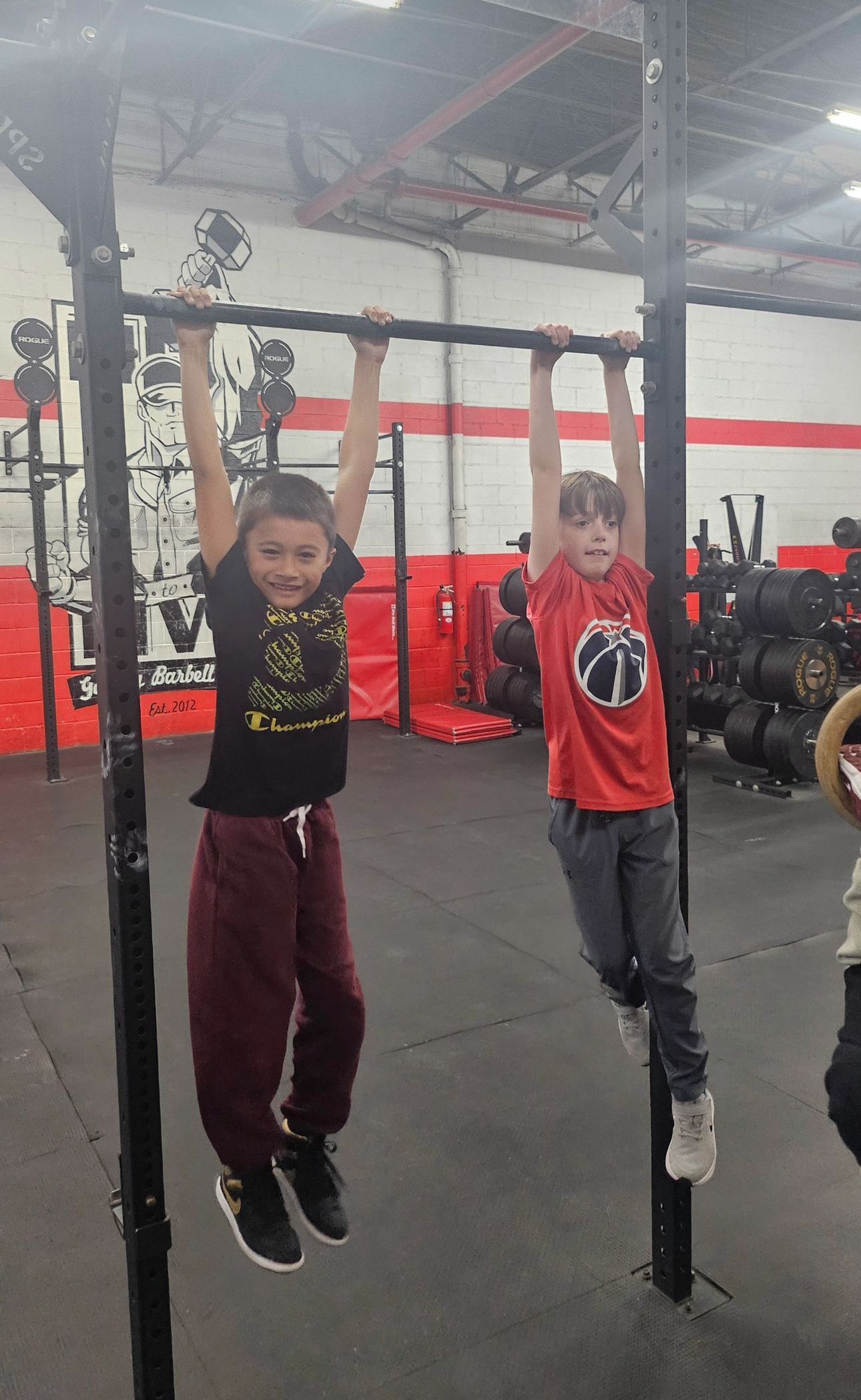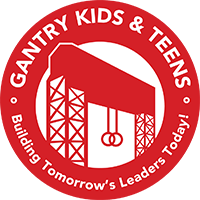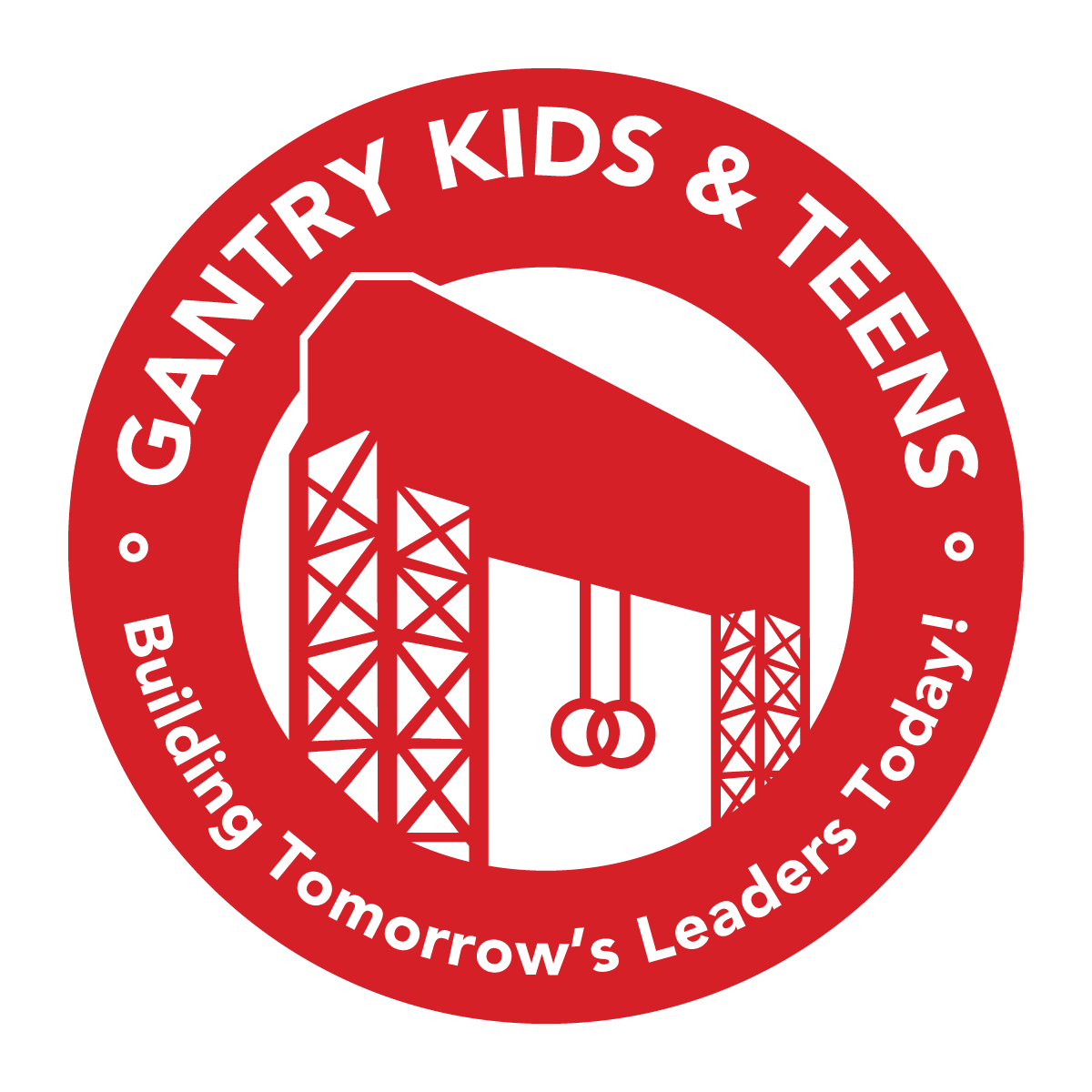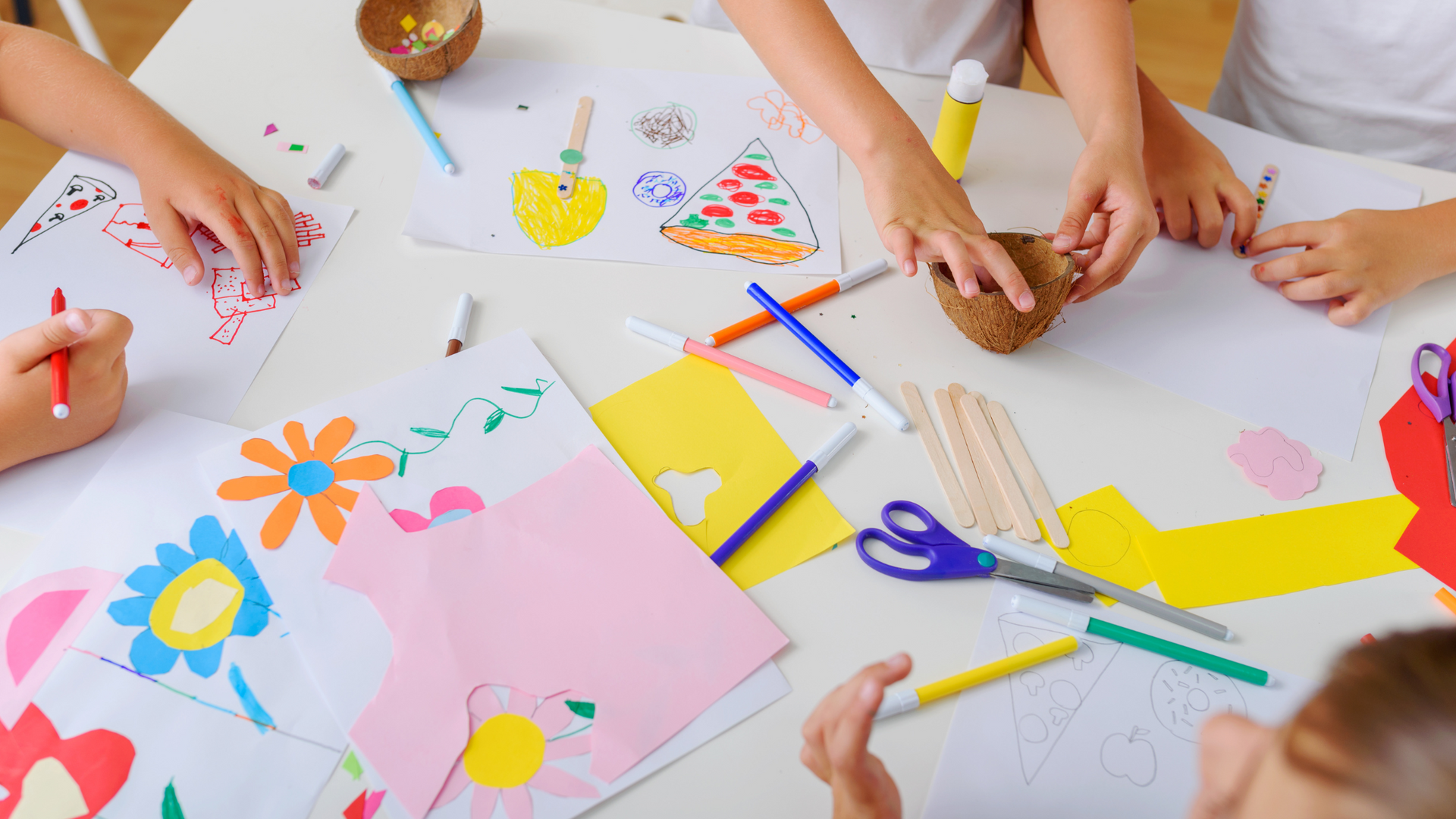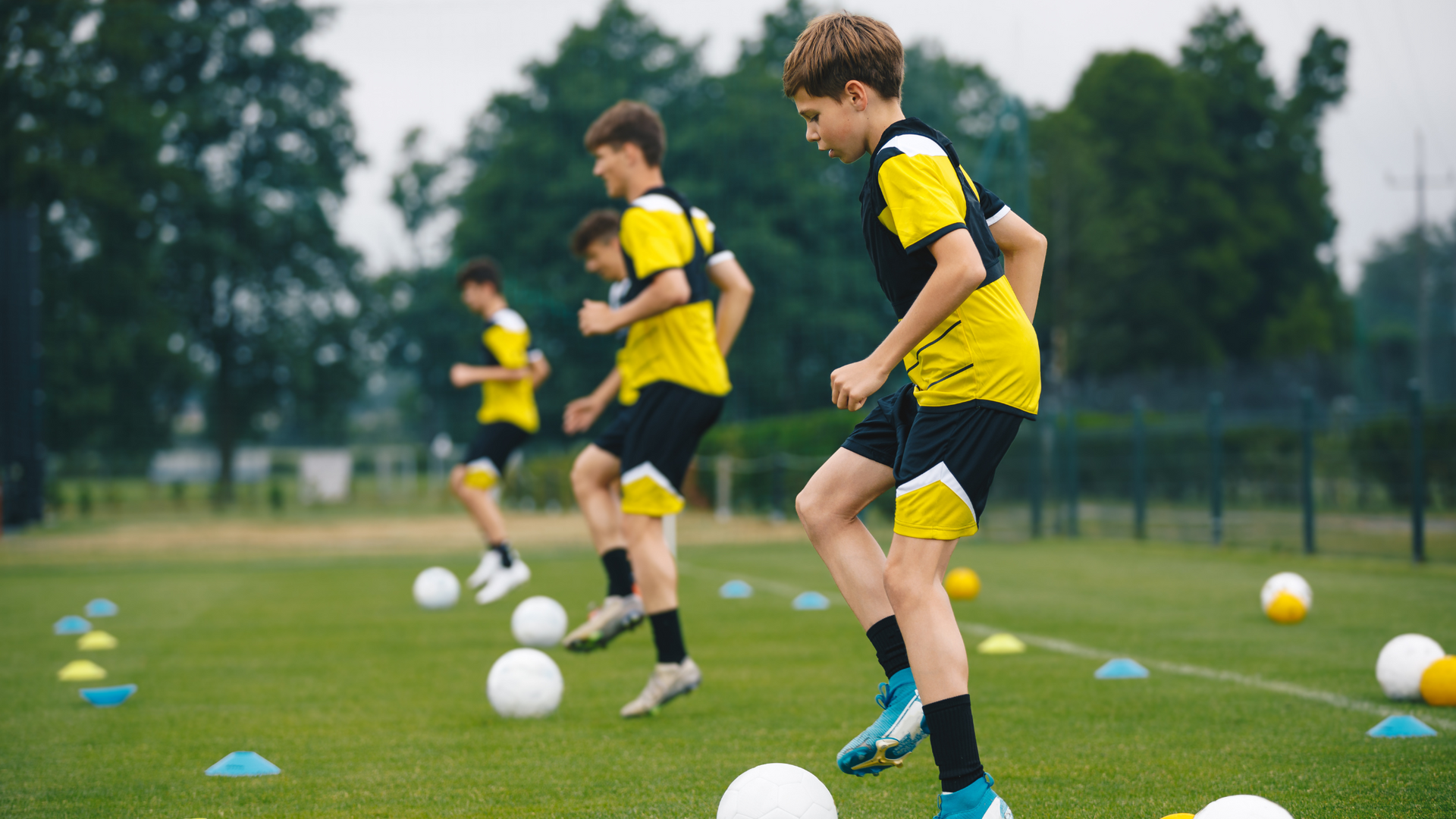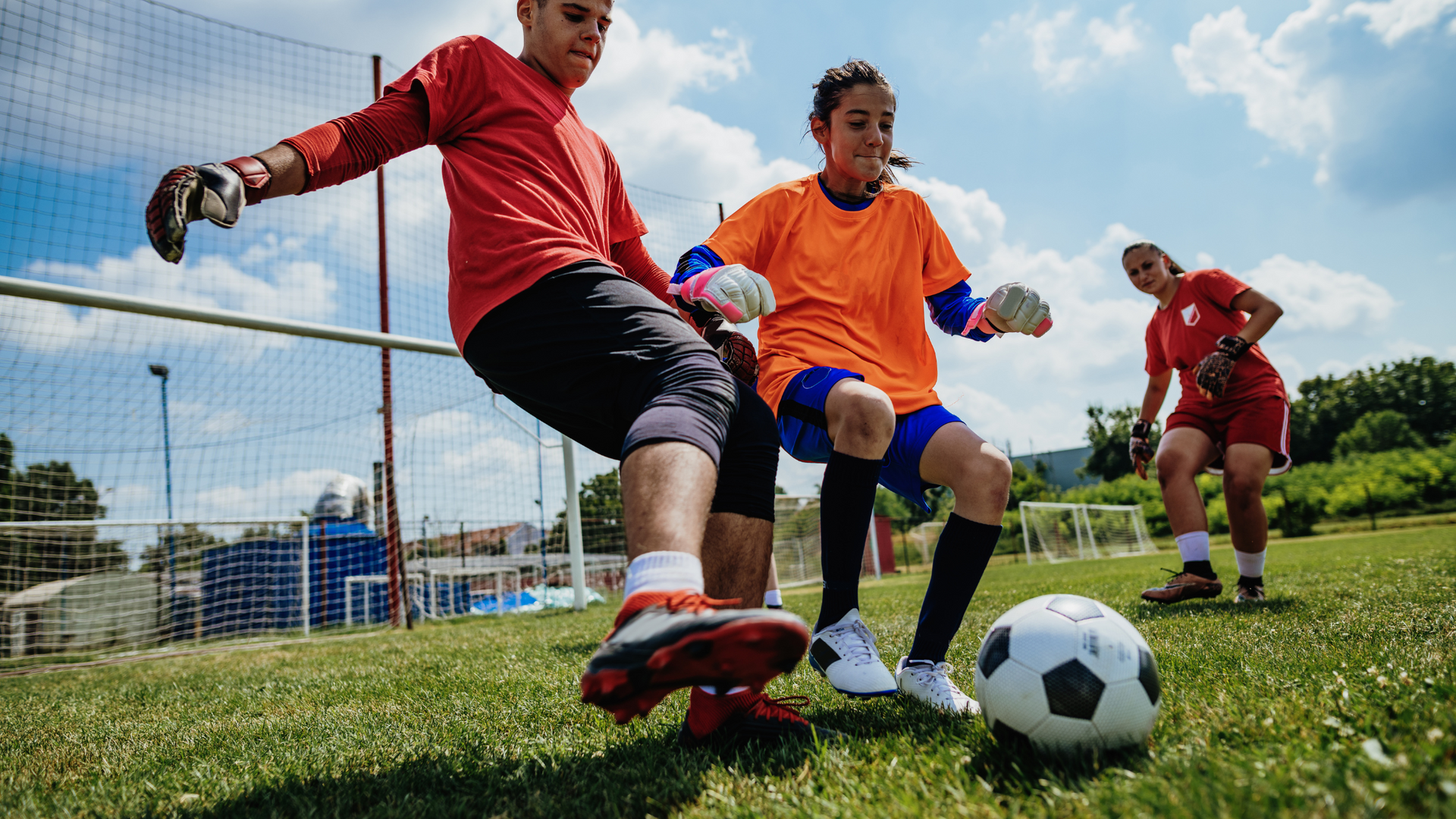How to Make Circuit Training Workouts Kids Love
Keeping children active is more challenging and crucial than ever. Circuit training offers an invigorating solution that captivates young minds and bodies with its dynamic and varied routines. This form of exercise combines cardiovascular fitness and muscle strengthening through a sequence of activities, making it perfect for kids and teens eager to move and have fun while enhancing their physical abilities.
The Power of Circuit Training for Youth
Circuit training is not just about keeping fit; it's about building a foundation for healthy, active lifestyles. Through a series of stations, each designed to target different muscle groups and fitness aspects, children engage in short bursts of activity followed by brief rest periods. This setup keeps the workout exciting and challenging, catering to the youthful need for constant engagement.
Benefits for Growing Bodies
Circuit training offers an array of benefits tailored to support the developmental needs of children and teens. By incorporating circuit training into their routines, young athletes can enjoy a multitude of physical and psychological advantages:
Enhanced Cardiovascular Health
Circuit training is designed to keep the heart rate up, which promotes increased blood circulation and heart health. This type of training helps build endurance, allowing children to engage in prolonged physical activities, whether they're playing sports or just enjoying a day at the park. The constant movement between different exercises ensures that their cardiovascular system gets a rigorous workout, which can lead to improved heart health and reduced risks of cardiovascular diseases later in life.
Strength and Endurance
Through a variety of exercises targeting different muscle groups, circuit training builds overall body strength, from the legs and arms to the core and back. Activities like squats, push-ups, and lunges increase muscle strength, which is crucial not only for enhancing athletic performance but also for daily activities. Additionally, the repetitive nature of circuit training helps develop muscular endurance, enabling kids to engage in their favorite activities longer without fatigue.
Agility and Coordination
Agility and coordination are crucial for almost any physical activity. Circuit training involves transitions between different types of exercises, which challenges and improves a child’s ability to coordinate movements smoothly and efficiently. These skills are especially important in sports and activities that require quick changes in direction and pace, helping young athletes become more adept and responsive.
Flexibility and Balance
Including exercises that promote flexibility, such as dynamic stretches or yoga poses, within circuit training routines helps enhance the range of motion in joints and muscles. Improved flexibility is a key component in preventing injuries and maintaining overall body health. Balance exercises, such as standing on one leg or using balance boards, are also commonly integrated into circuits, aiding in the development of core strength and stability.
Weight Management
Engaging in regular circuit training helps in maintaining a healthy weight. The high-intensity nature of the workouts ensures that a significant amount of calories is burned during and after the sessions, thanks to the elevated metabolic rate. This is particularly important in today’s environment where childhood obesity is a concern, as maintaining a healthy weight through activities like circuit training can prevent the development of related health issues.
Mental Health and Confidence
Regular physical activity, such as circuit training, has been shown to boost mental health by reducing symptoms of anxiety and depression. The endorphins released during exercise act as natural mood lifters. Moreover, as children notice improvements in their fitness and abilities, their self-confidence and self-esteem also grow. Achieving personal fitness goals through circuit training provides a sense of accomplishment and can empower young athletes to take on new challenges.
Creating Engaging Circuit Training Sessions
Designing circuit training sessions for kids requires creativity and a deep understanding of their developmental needs. Here's how to make circuit training not only beneficial but also an enjoyable and safe experience for young participants:
Variety is Key
To keep children engaged and interested, it's essential to vary the exercises and the format of the sessions. This not only keeps the routine fresh but also ensures that all muscle groups are worked out, enhancing overall fitness. Include a mix of aerobic exercises like jumping jacks and sprints, strength exercises like sit-ups and push-ups, and flexibility activities like stretching or yoga poses. Adding obstacle courses can particularly spike their interest, presenting a fun challenge that tests their abilities in multiple areas.
Emphasize Fun
Children naturally enjoy play, and incorporating game-like elements into circuit training can significantly boost their enthusiasm. For instance, turning a sprint into a relay race or simulating a treasure hunt with obstacle courses can make the session feel more like play and less like a workout. Using themes or stories can also capture their imagination. For example, one session could be themed around superheroes, where each exercise gives them a 'power' or skill that a favorite character might use.
Focus on Form and Safety
Proper technique is crucial in preventing injuries and ensuring that the exercises are effective. Start each new exercise with a demonstration, emphasizing the correct form and explaining why it's important. Use age-appropriate equipment such as lighter weights or smaller balls and ensure that each child knows how to handle the equipment safely. Regularly monitor each child during the session to correct form and provide tips for improvement.
Adjust Intensity
The intensity of the workout should be appropriate for the age and fitness level of the children involved. For beginners or younger children, start with simple, low-intensity activities that focus more on fun and learning the basics. As they grow older and more capable, gradually introduce more challenging exercises and increase the intensity of the workouts. This progression keeps the training both safe and challenging, promoting better fitness growth over time.
Include Rest and Recovery
Adequate rest and recovery are as important as the exercises themselves. Make sure to schedule short breaks between stations to allow children to catch their breath and hydrate. These breaks are not only vital for physical recovery but also give kids a moment to enjoy the social aspect of the training, chatting with friends or cheering others on. Additionally, conclude each session with a cooldown period where kids can stretch and relax their muscles, which helps in reducing post-exercise soreness and improves flexibility.
Your Next Steps
Circuit training is an excellent way for kids to burn energy, build strength, and have a lot of fun. It’s a flexible workout method that can be tailored to any skill level, making it an ideal choice for families looking to enhance their children’s physical activity in a structured yet enjoyable way. By integrating circuit training into their weekly routines, parents and coaches can help foster a love for fitness that may last a lifetime.
For those interested in getting started, now is the perfect time to embrace this effective and enjoyable way to help kids thrive physically and mentally.
Contact us today to learn more about our engaging programs. Let’s get your kids moving in a fun, supportive environment where they can learn, grow, and succeed!


